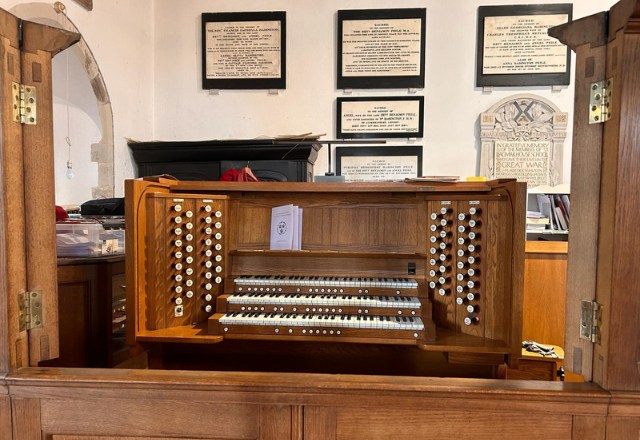St. Etheldreda’s Church is close to the magnificent Hatfield House in the Old Town, and is named after an Anglo-Saxon princess who founded a monastery at Ely. The manor of Hatfield was granted to Ely Abbey in 970 and remained church property until 1538. The church contains a most beautiful and elaborate chapel, The Salisbury Chapel, which was built in 1618, shortly after the completion of Hatfield House.
St. Etheldreda’s is exceptional for this Grade I listed chapel but also uniquely can boast the resting place of three British Prime ministers. Robert Cecil has a monument, designed by Maximilian Colt, in the Salisbury Chapel. The 3rd Marquess of Salisbury, who was three times Prime minister to Queen Victoria, has a cenotaph dedicated to his memory near the sanctuary. Lord Melbourne and his wife Lady Caroline Lamb, of Brocket Hall, are also buried in the church.
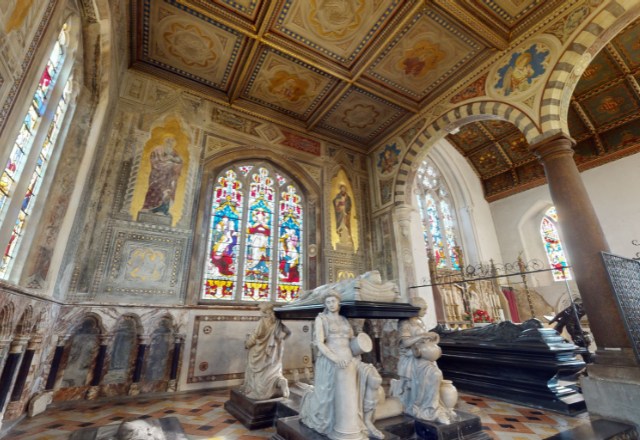
And, as if that were not amazing enough, the churchyard contains a wooden memorial to John Whitemore, a man who lived through three centuries, having been born in 1698 and died in 1801.
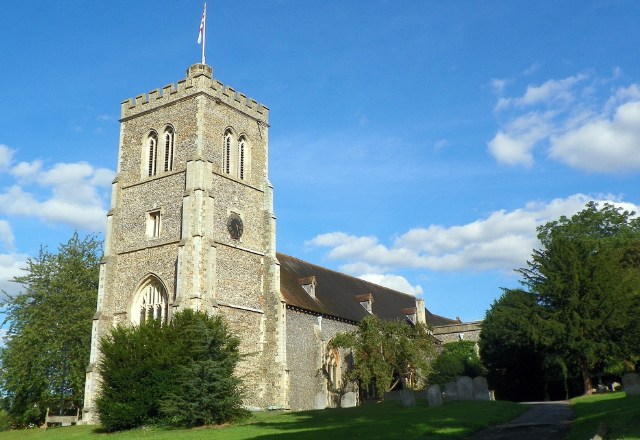
The Organs at St Etheldreda’s
The pipe organ at St Etheldreda’s, which sits on a large west end gallery, was retired many years ago and replaced by a early digital Makin instrument. After some 25 years the church membership became convinced that increasing unreliability and maintenance costs, along with the significant advances made in sound quality in the intervening years, meant consideration of a replacement instrument was due.
With a long-standing choral tradition, another 3 manual drawstop was a given, and the option of a pre-owned Regent Classic console with 56 speaking stops, updated with brand new electronics, ultimately had greater appeal than the alternatives offered by our competitors. The completely traditional styling of our hand-built drawstop console was also a factor in ensuring usability for the future, as was the unparalleled voicing flexibility of the Physis system.
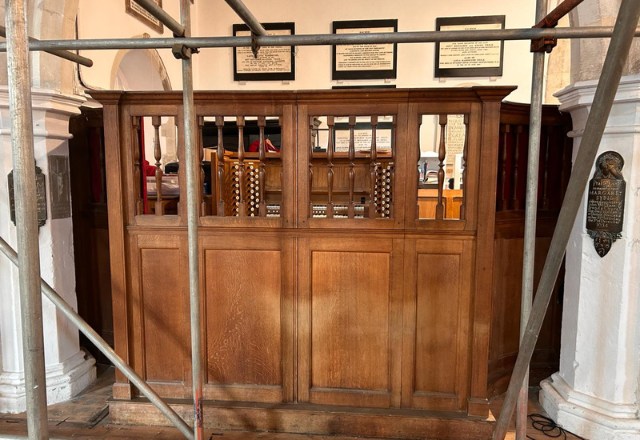
Upgrading the organ speaker system
However, in making our proposal an upgrade of the speaker system was essential, in particular in ensuring a wider, more natural spread of sound for the number of stops than had been achieved by the wall-mounted Makin cabinets. The Regent Classic organ was therefore installed with 12 external main speakers in a black finish higher up on the wall plate, and a large powered subwoofer in the north transept.
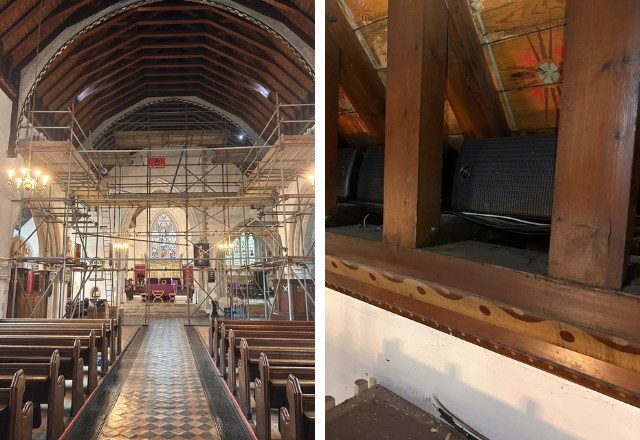
The main speakers were divided along departmental lines with the Great and Pedal on the north side and the Swell and Choir on the south. This scheme required faculty permission and, as it turned out, a significant scaffold structure was needed to safely access the revised locations. In particular, it was necessary to route cable from the console to the south wall plate over the roof arch, as no practical and aesthetically acceptable solution was available at ground level. The result is an installation whose elements are almost all invisible from the floor of the nave.
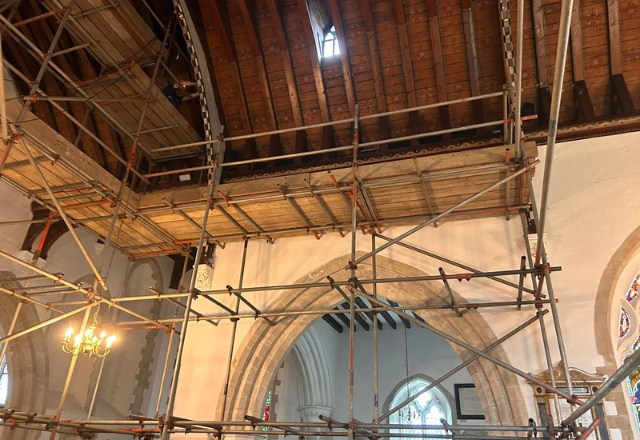
Meanwhile, the appeal of our Regent Classic bespoke designs remains strong. As luck would have it, several customers simultaneously expressed interest in the two used instruments we had available. Fortunately there was no overlap in demand, so that both instruments found new homes in the first quarter of 2024, while two rebuilds and two newly commissioned instruments are now in production.
I have had a passion for church organs since the tender age of 12. I own and run Regent Classic Organs with a close attention to the detail that musicians appreciate; and a clear understanding of the benefits of digital technology and keeping to the traditional and emotional elements of organ playing.
